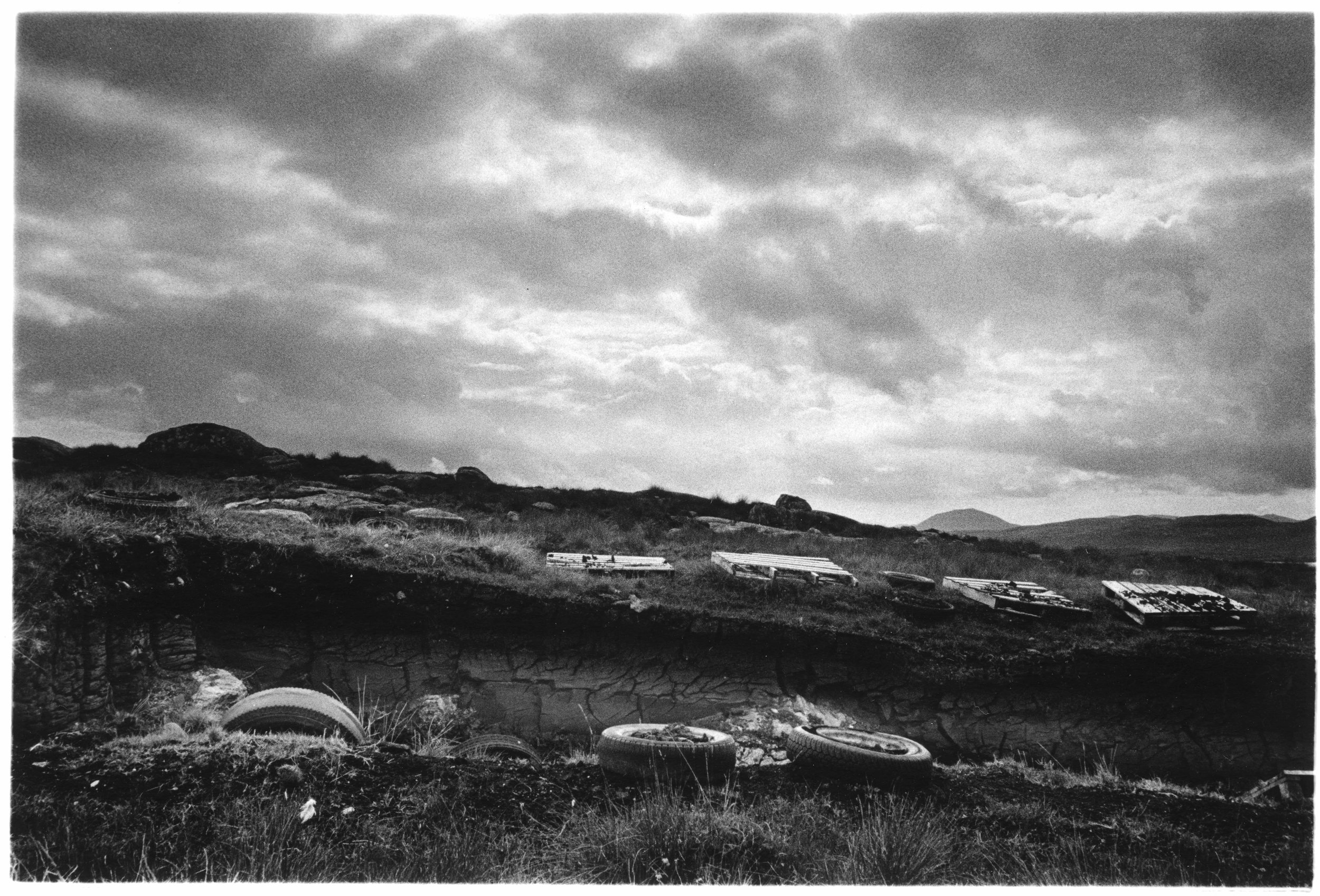
When purchasing or renting a rural croft, many Lewis islanders are allotted an allotment, from which peat can be harvested for use as fuel for domestic heating and cooking. This practice has been in place for many hundreds of years. The Gaelic name for the iron tool used for cutting peat is ‘Tairsgear.’
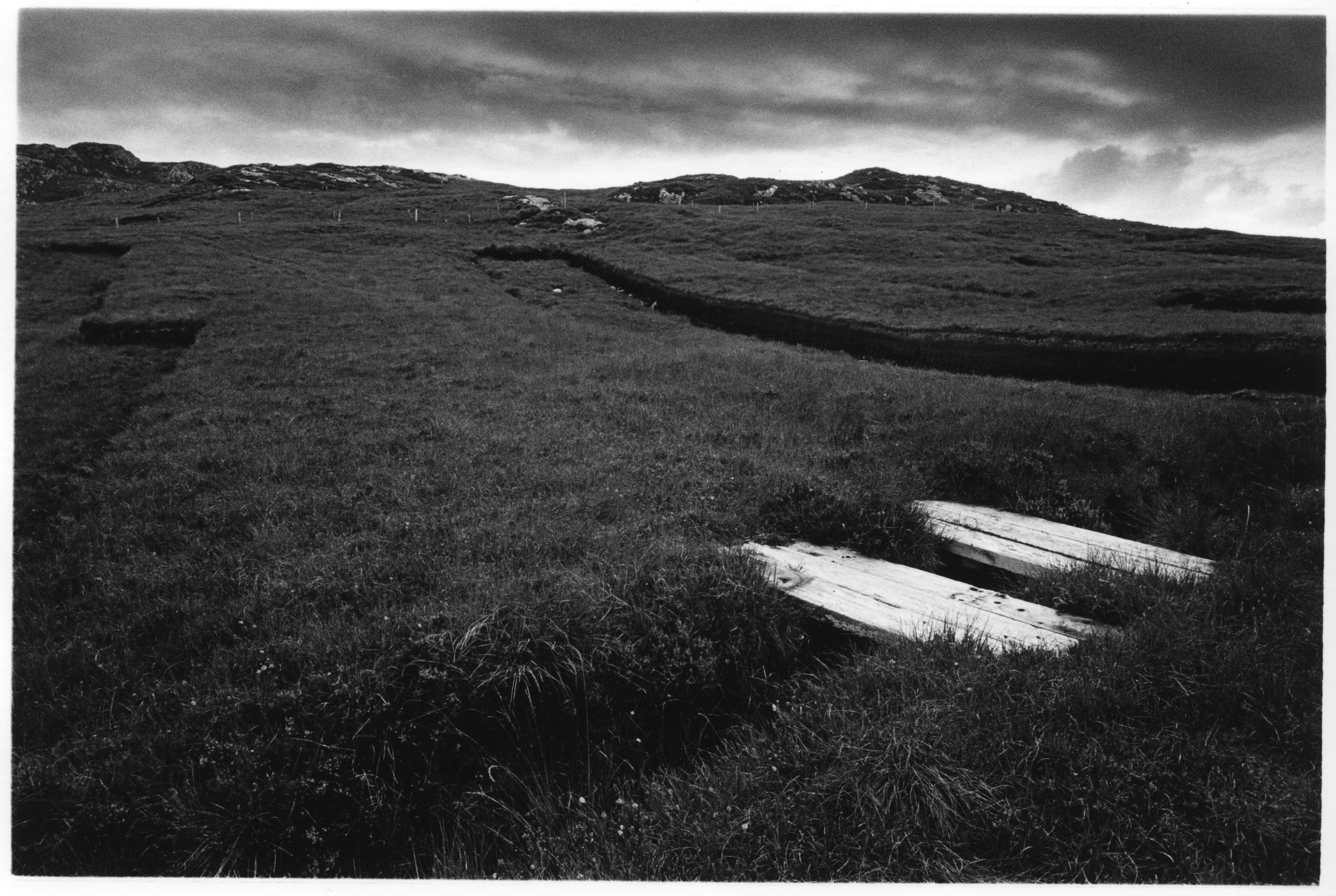
When purchasing or renting a rural croft, many Lewis islanders are allotted an allotment, from which peat can be harvested for use as fuel for heating and cooking. This practice has been in place for many hundreds of years.
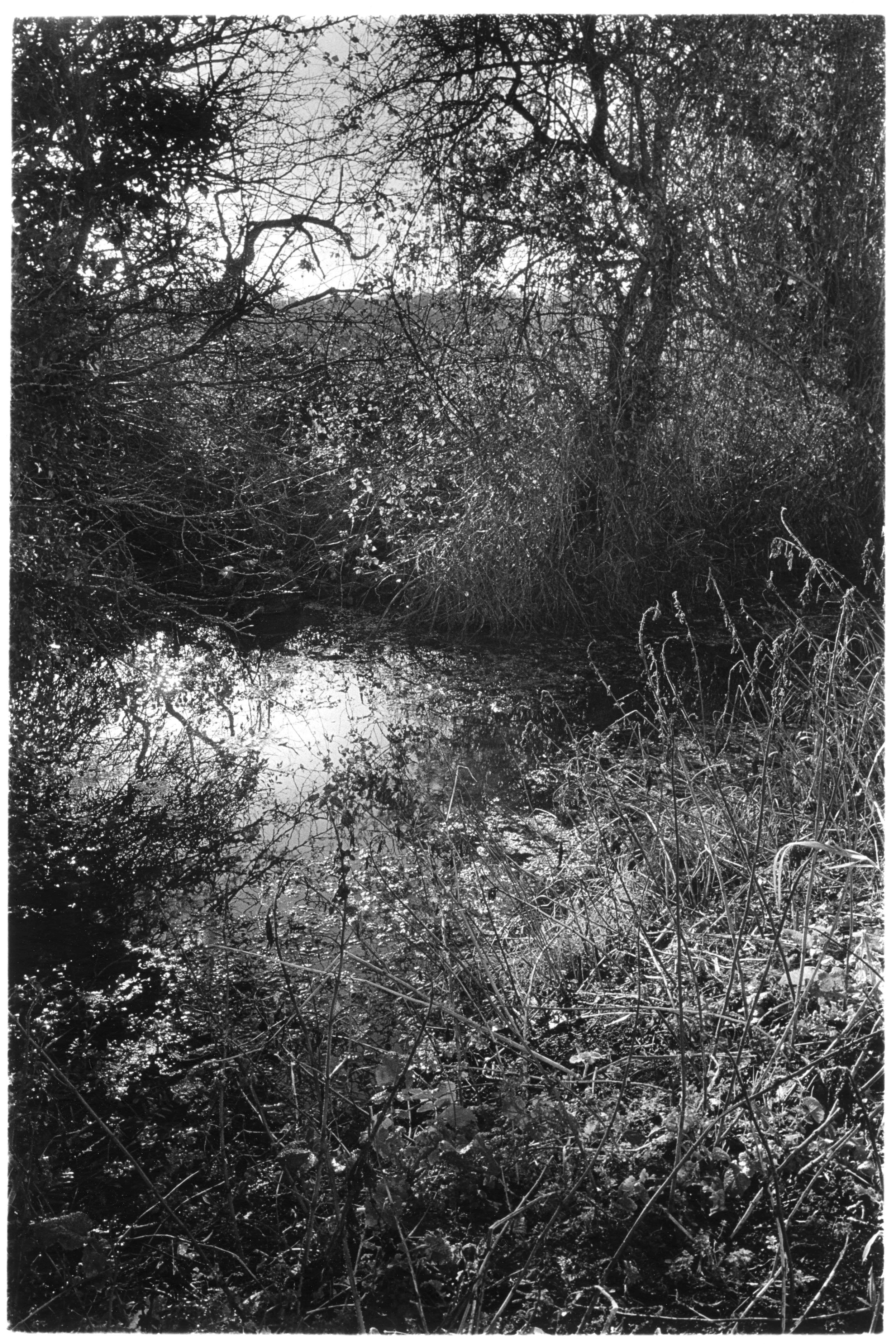
Avalon Marsh peat has been exploited for millennia. The Romans used to heat water for salt extraction and local families would cut and dry peat ready for winter. More recently the Eclipse Peat Company and Fisons harvested peat for horticultural use. During war-time and since, these wetlands have been drained to allow for agricultural food production.
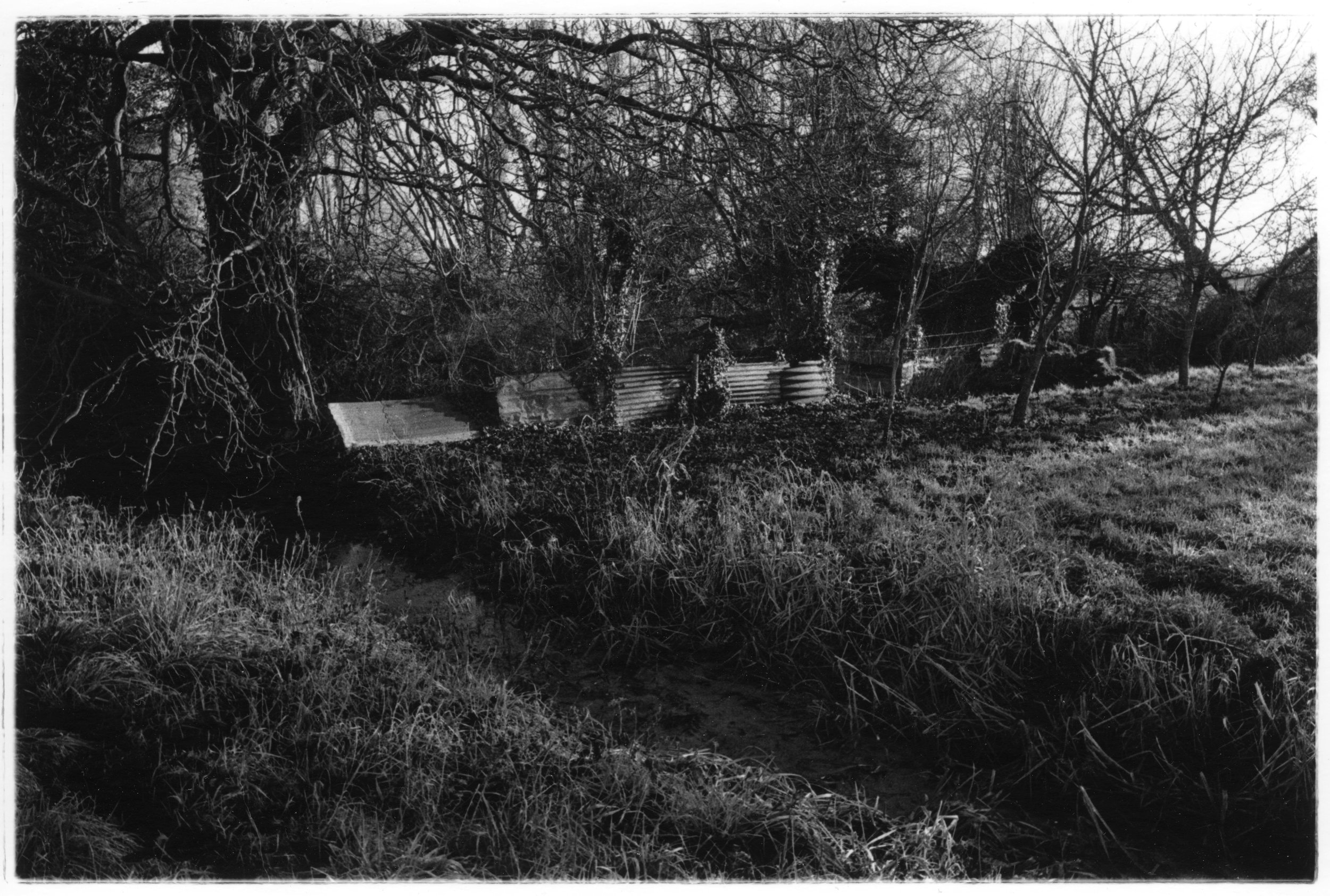
Avalon Marsh peat has been exploited for millennia. The Romans boiled marsh water for salt extraction and local families would cut and dry peat ready for winter. More recently the Eclipse Peat Company and Fisons harvested peat for horticultural use. During war-time and since, these wetlands have been drained to allow for agricultural food production.
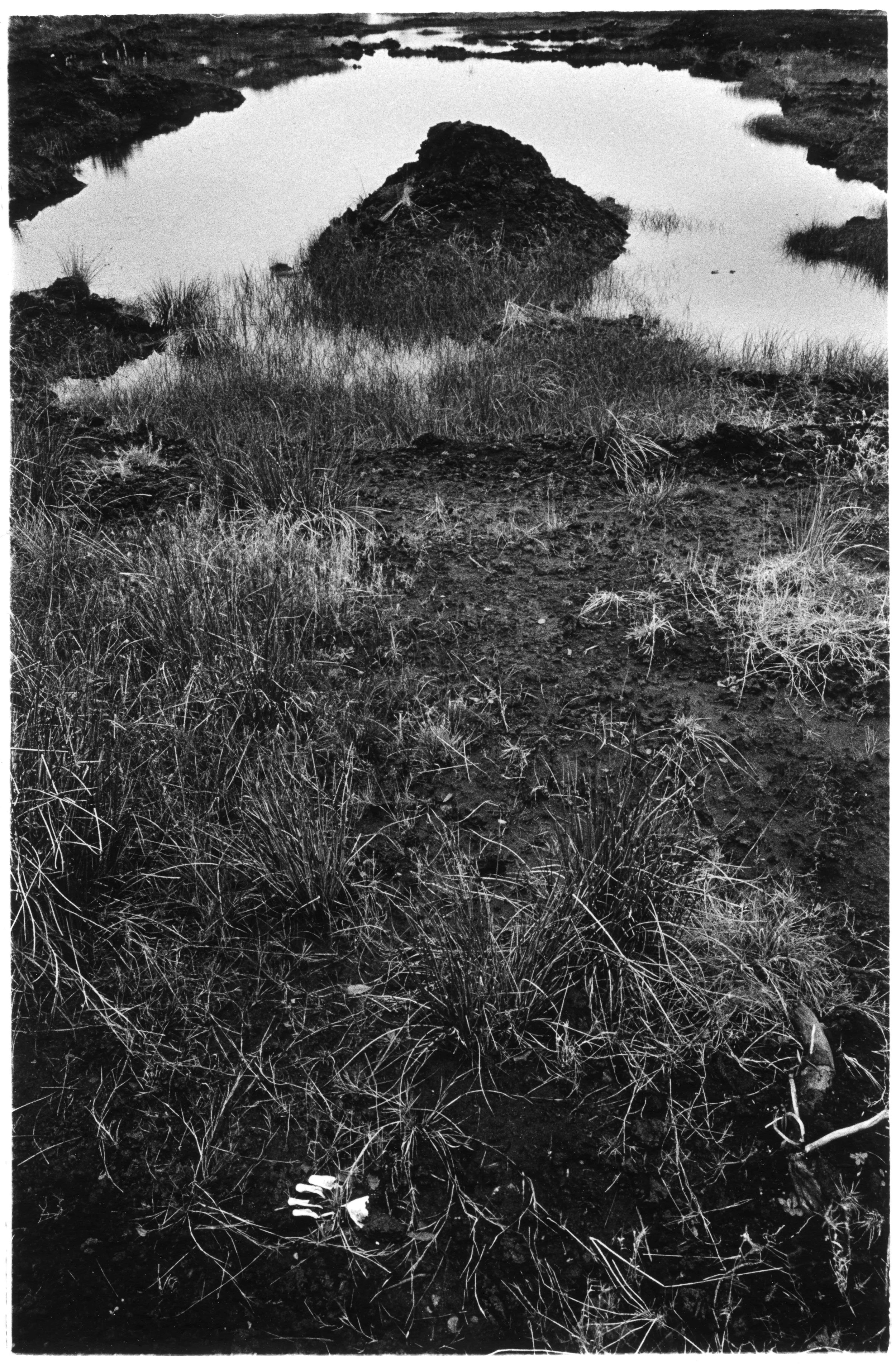
The Bog of Allen (Móin Alúine) lays between the Liffey and the Shannon rivers in east-central Ireland. Covering an area of approximately 958 square km or 370 square miles, it is extensively, mechanically excavated to provide fuel for power stations.
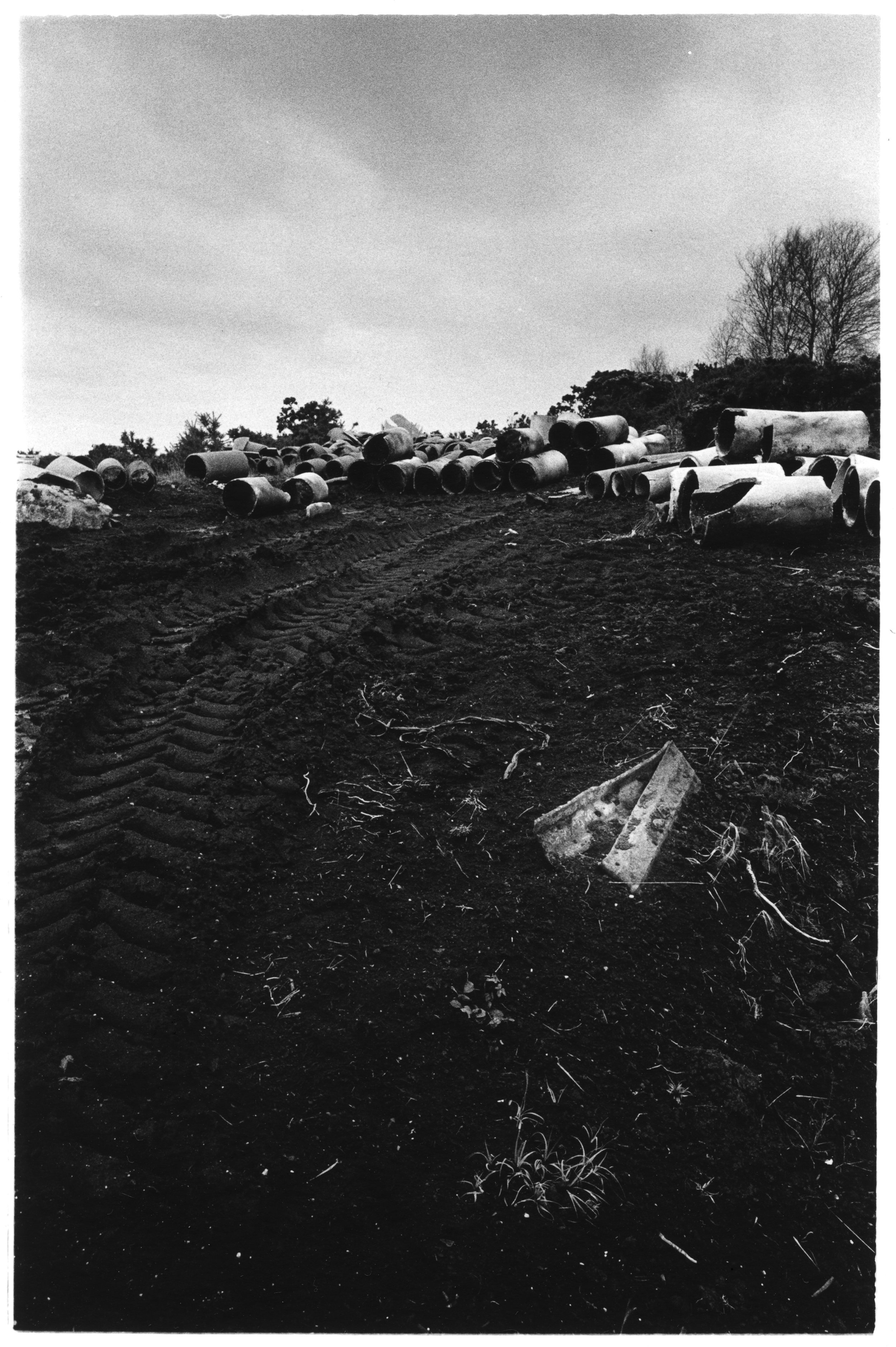
The Bog of Allen (Móin Alúine) lays between the Liffey and the Shannon rivers in east-central Ireland. Covering an area of approximately 958 square km or 370 square miles, it is extensively, mechanically excavated to provide fuel for power stations.

“Despite it’s beauty, its rarity, and its biological wealth, the three-thousand year old Thorne Moors is today on the verge of extinction… If ‘Fisons’ has its way almost the entire area will have been scraped bare within twenty years, its peaty soil dug up and sold to gardeners for use as potting compost.” From ‘Thorne Moors,’ Caufield, 1991.
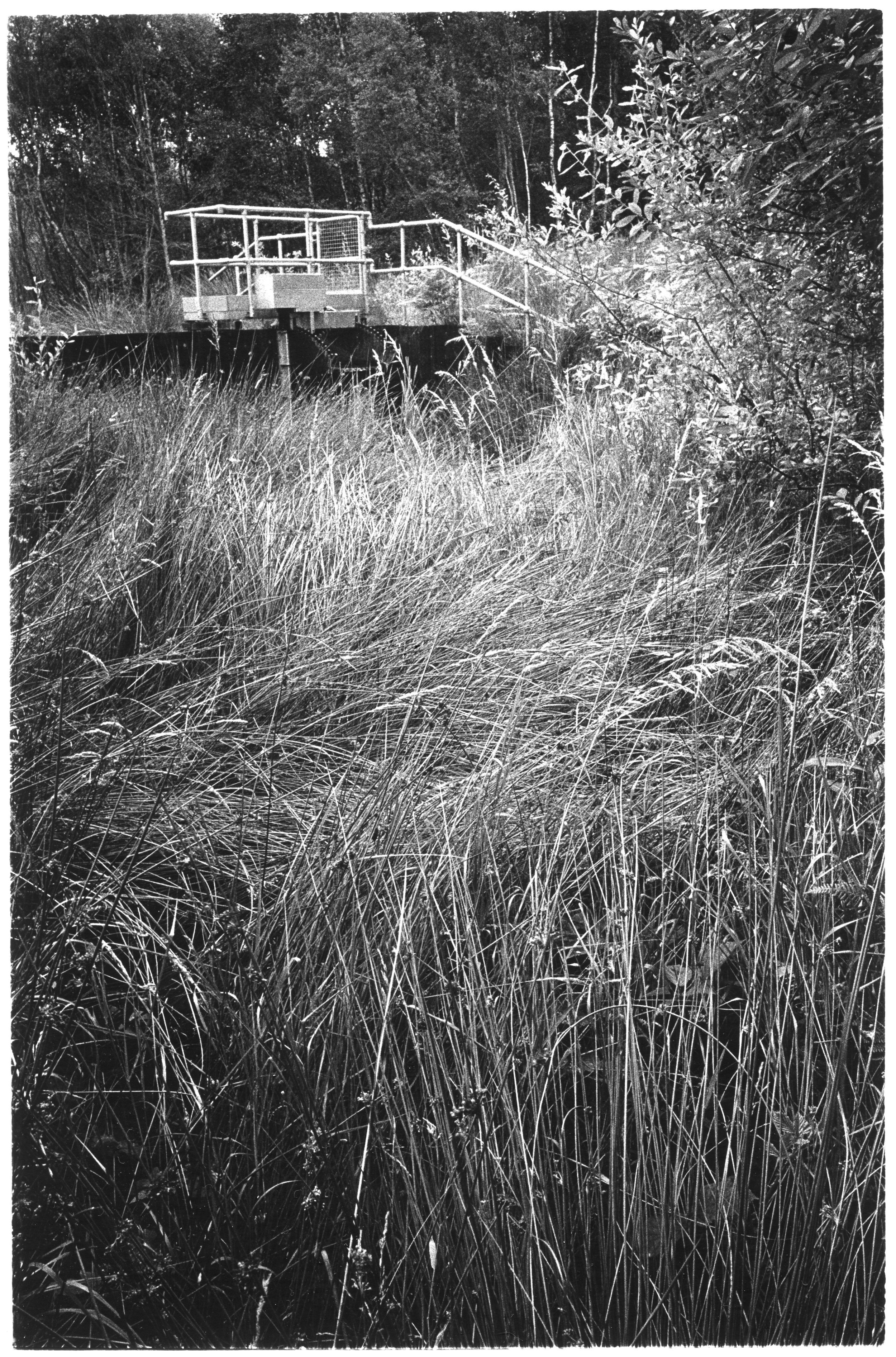
“Despite it’s beauty, its rarity, and its biological wealth, the three-thousand year old Thorne Moors is today on the verge of extinction… If ‘Fisons’ has its way almost the entire area will have been scraped bare within twenty years, its peaty soil dug up and sold to gardeners for use as potting compost.” From ‘Thorne Moors,’ Caufield, 1991.
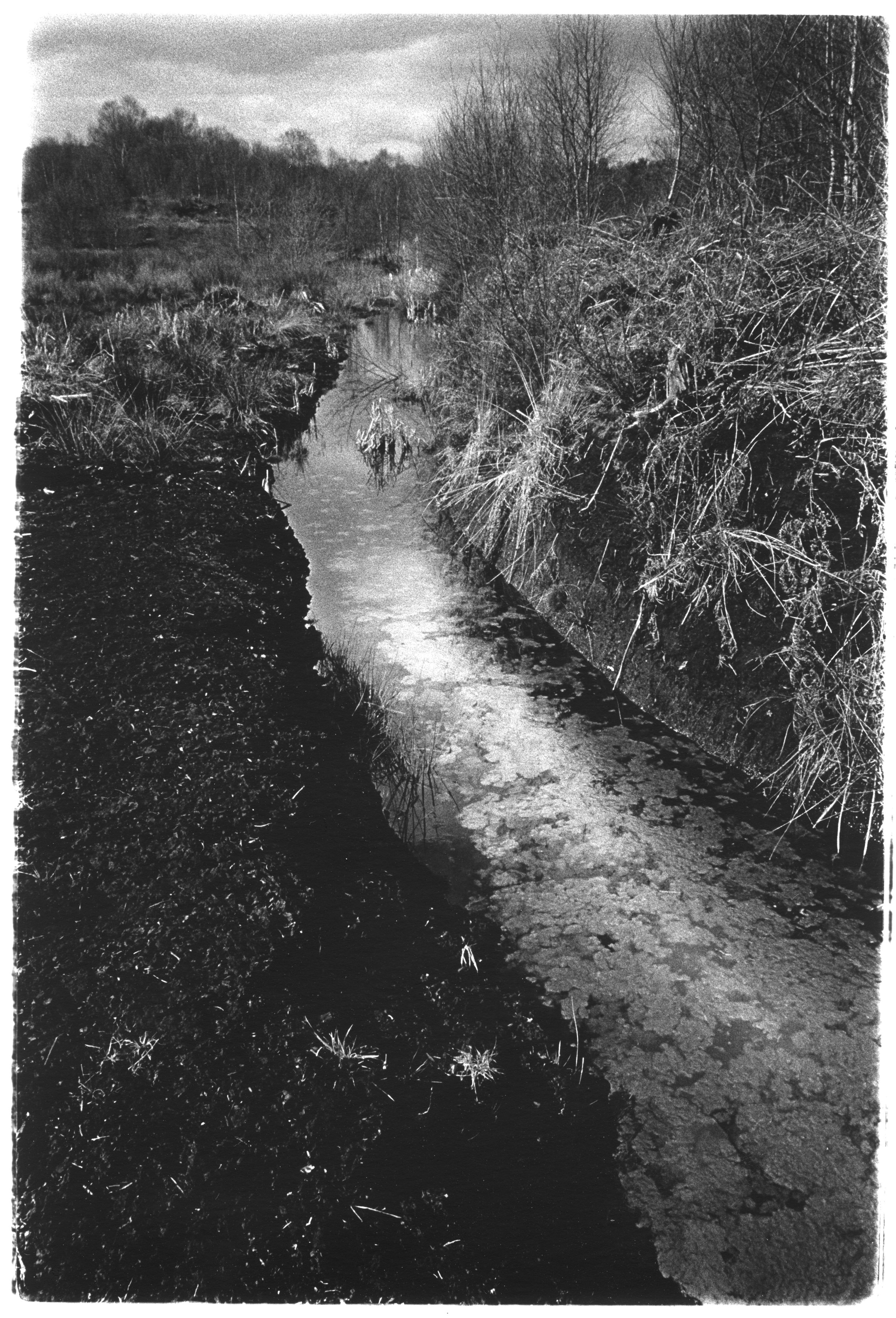
It takes 100 years to accumulate 1 metre depth of peat. Lindow Man was excavated in 1984 and has been dated to 200AD. Peat bogs are stores of Carbon Dioxide, Methane and Nitrous Oxide. Disturbing peat releases these ‘greenhouse’ gases. Land values in an area are valuable, resulting in the drainage of Lindow Moss in preparation for property development.
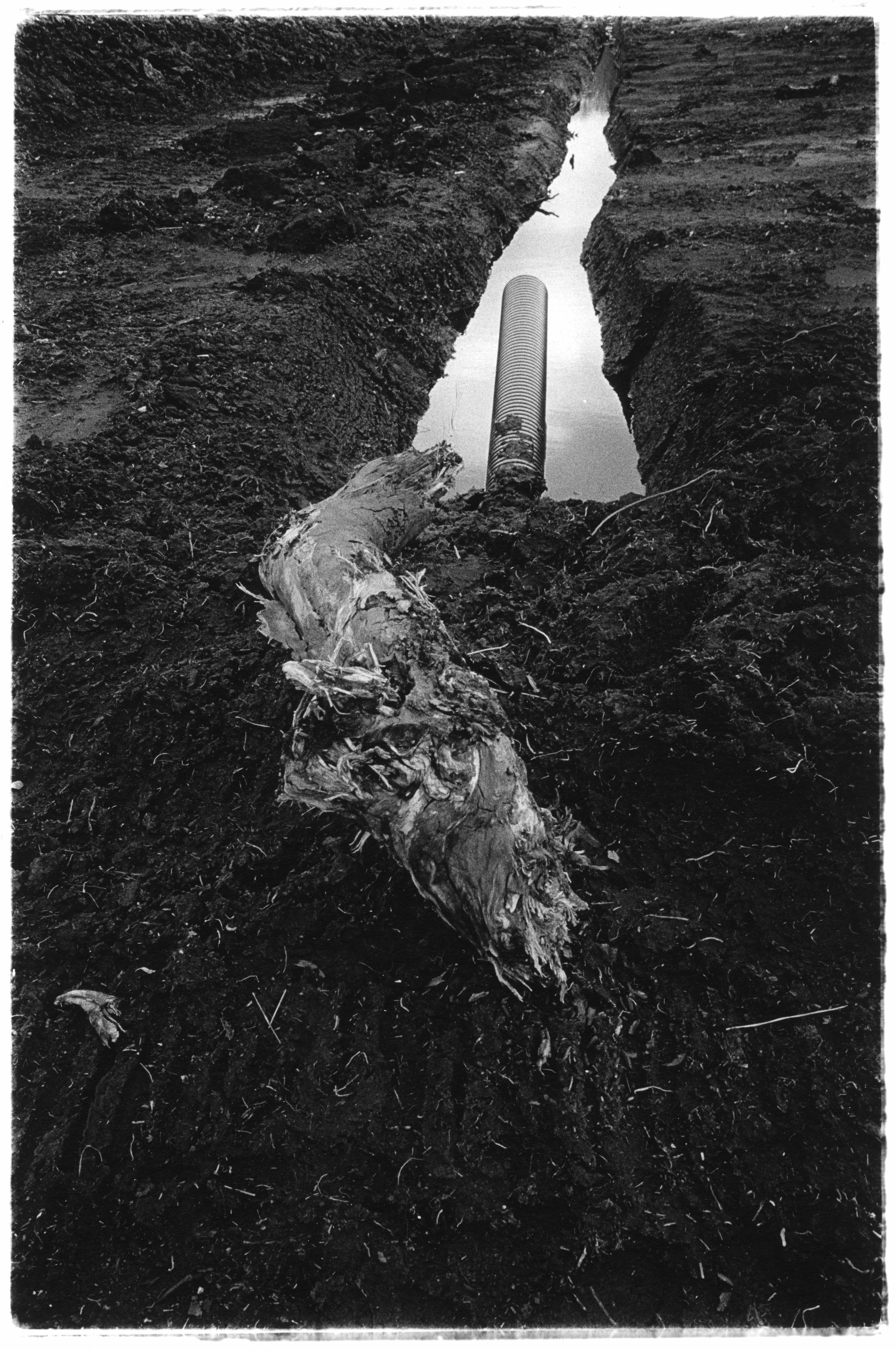
It takes 100 years to accumulate 1 metre depth of peat. Lindow Man was excavated in 1984 and has been dated to 200AD. Peat bogs are stores of Carbon Dioxide, Methane and Nitrous Oxide. Disturbing peat releases these ‘greenhouse’ gases. Land values in an area are valuable, resulting in the drainage of Lindow Moss in preparation for property development.
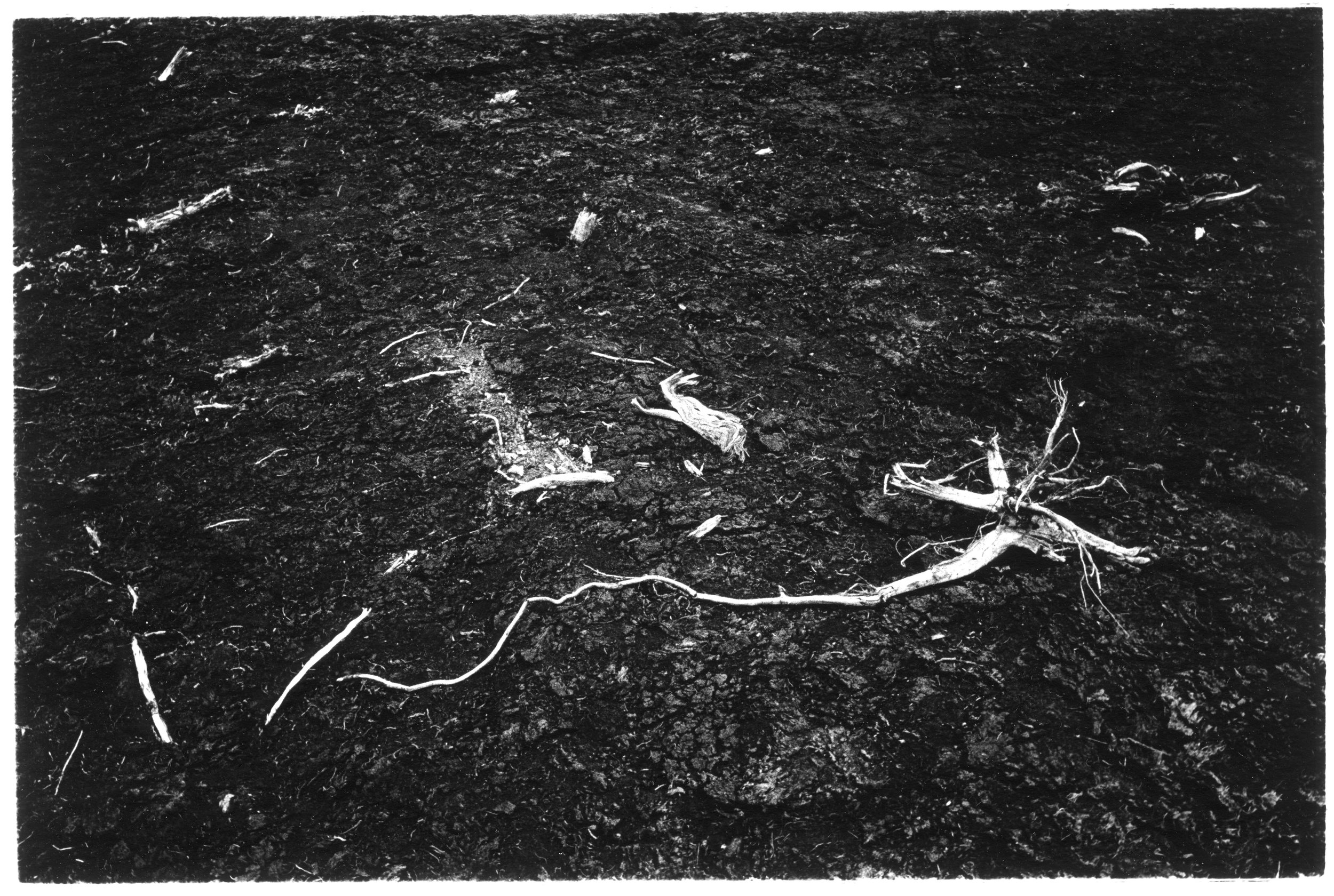
It takes 100 years to accumulate 1 metre depth of peat. Lindow Man was excavated in 1984 and has been dated to 200AD. Peat bogs are stores of Carbon Dioxide, Methane and Nitrous Oxide. Disturbing peat releases these ‘greenhouse’ gases. Land values in an area are valuable, resulting in the drainage of Lindow Moss in preparation for property development.
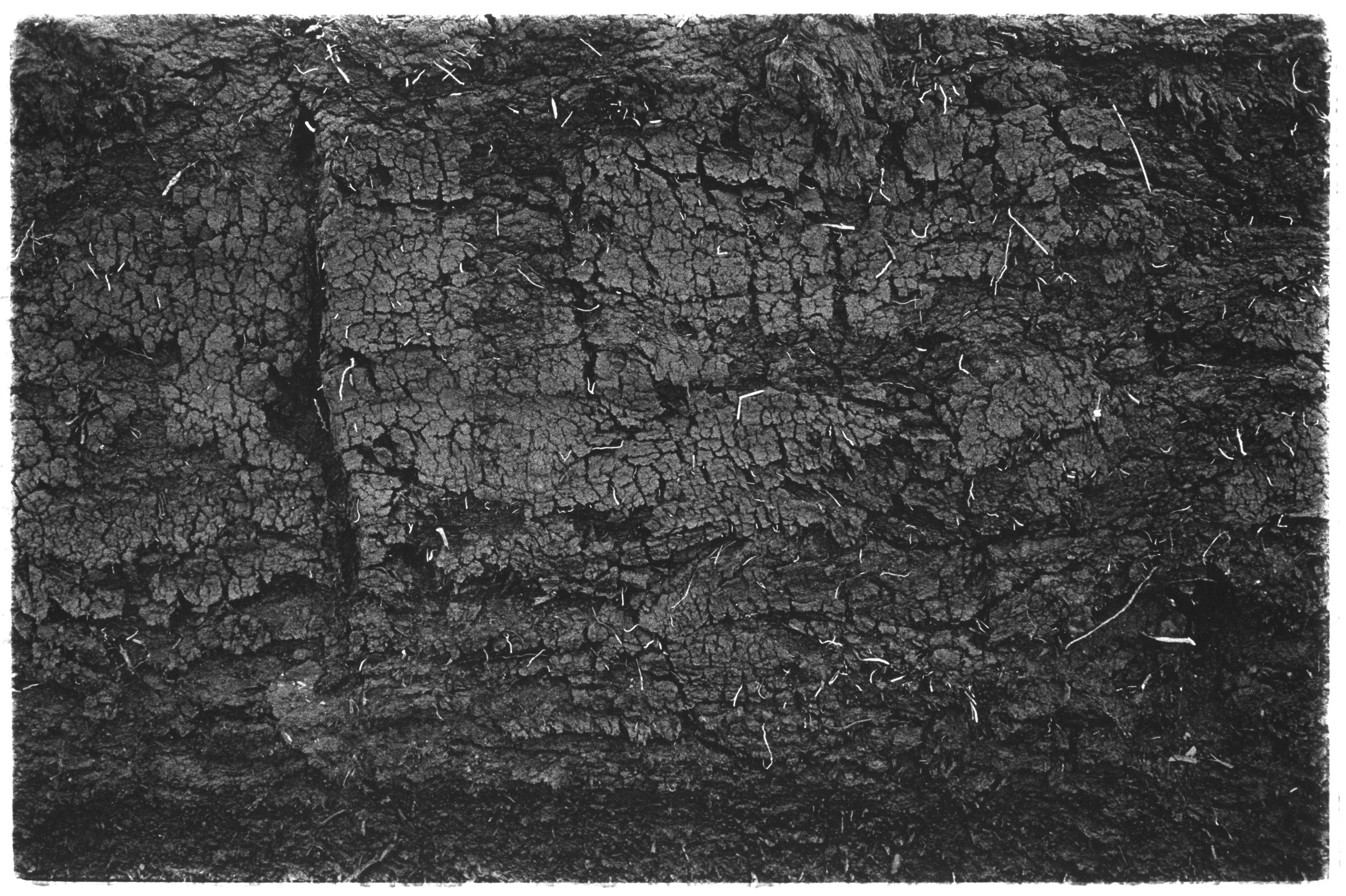
It takes 100 years to accumulate 1 metre depth of peat. Lindow Man was excavated in 1984 and has been dated to 200AD. Peat bogs are stores of Carbon Dioxide, Methane and Nitrous Oxide. Disturbing peat releases these ‘greenhouse’ gases. Land values in an area are valuable, resulting in the drainage of Lindow Moss in preparation for property development.
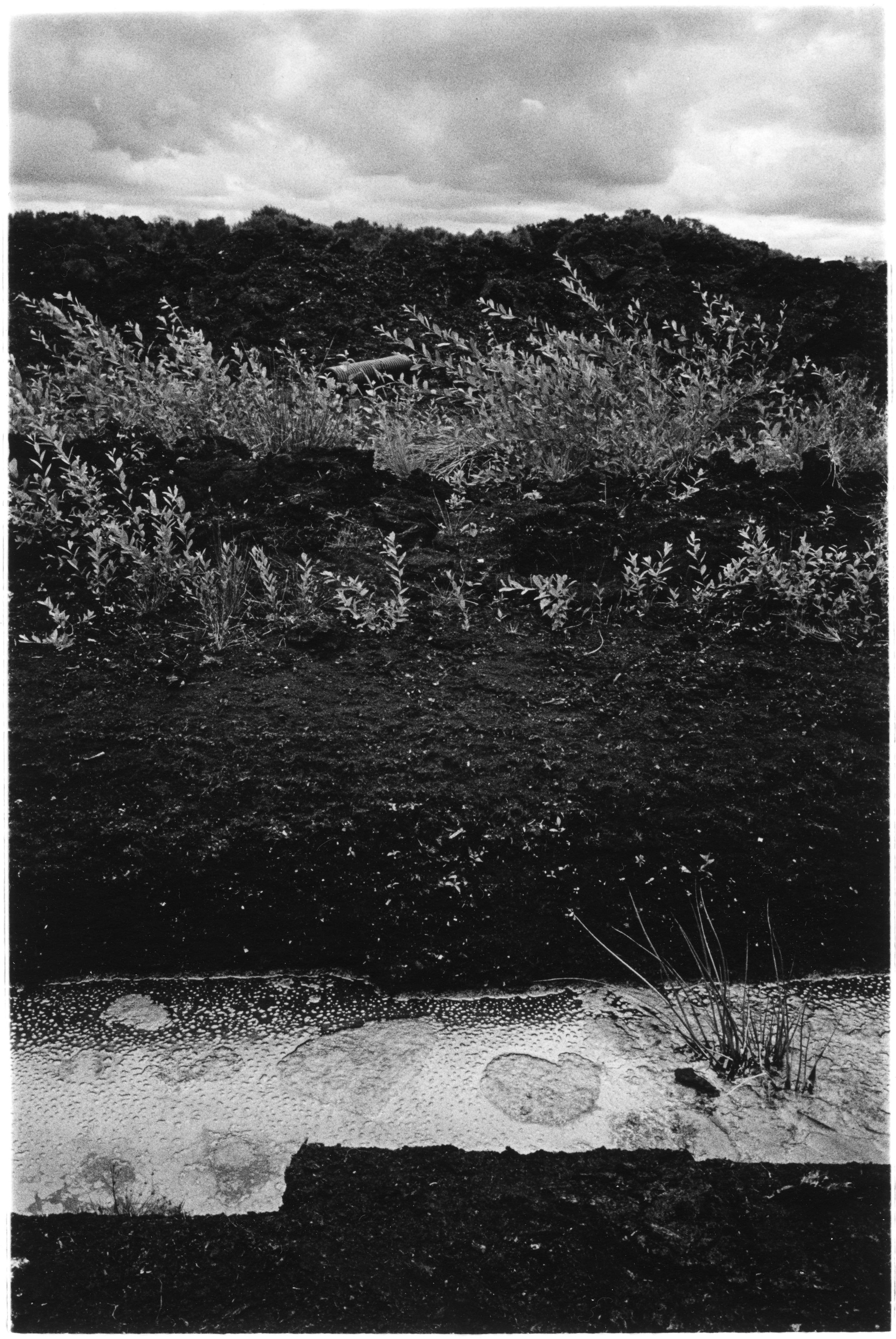
It takes 100 years to accumulate 1 metre depth of peat. Lindow Man was excavated in 1984 and has been dated to 200AD. Peat bogs are stores of Carbon Dioxide, Methane and Nitrous Oxide. Disturbing peat releases these ‘greenhouse’ gases. Land values in an area are valuable, resulting in the drainage of Lindow Moss in preparation for property development.
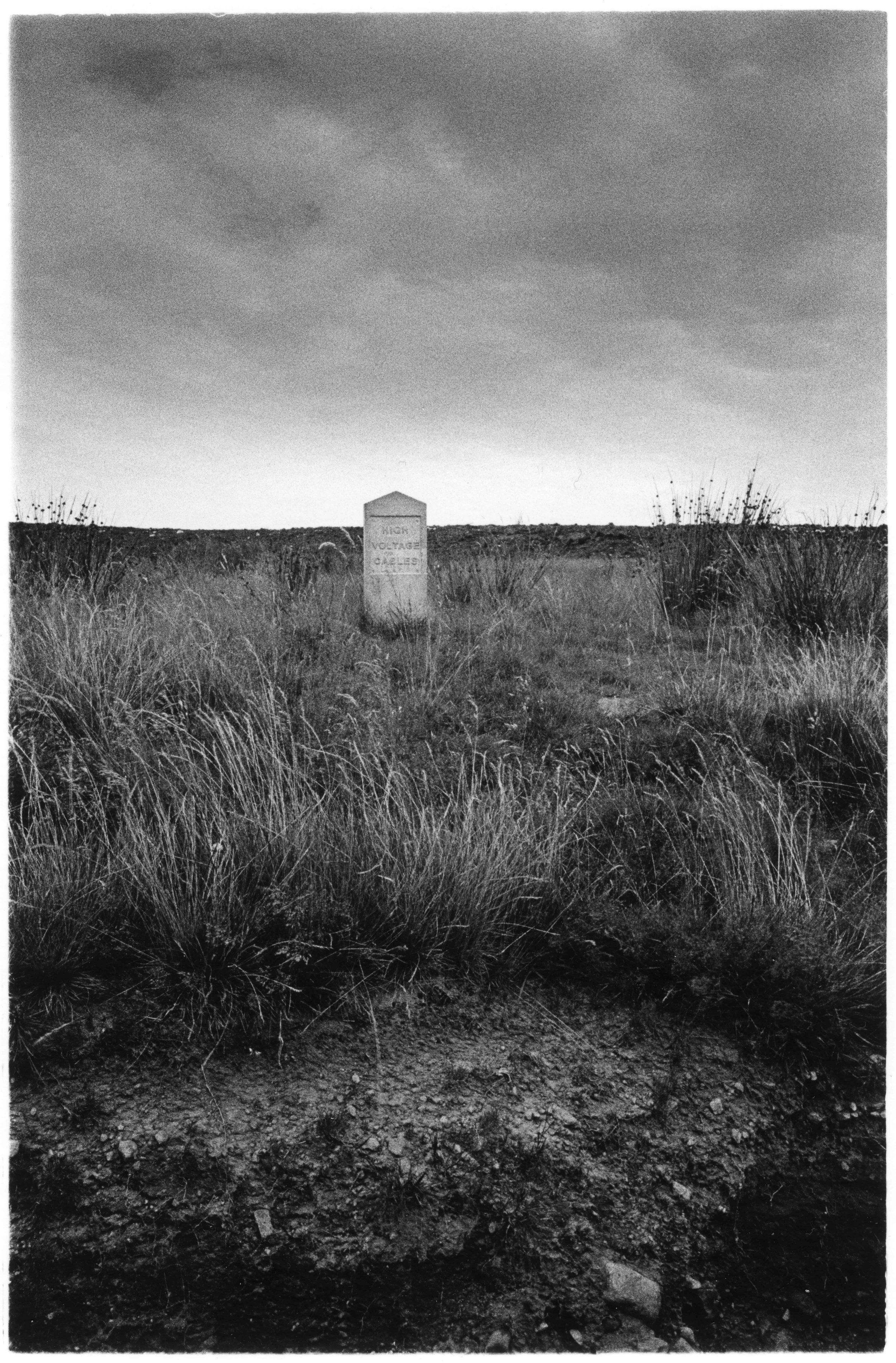
Peat on Todmorden Moor has been destroyed by acid rain created since the industrial revolution from the regions conurbations. Additional peat desiccation was caused by clay undermining. Clay was required for improved sanitation and bricks to build mills. Recently, huge wind turbines have been planted on the moor.
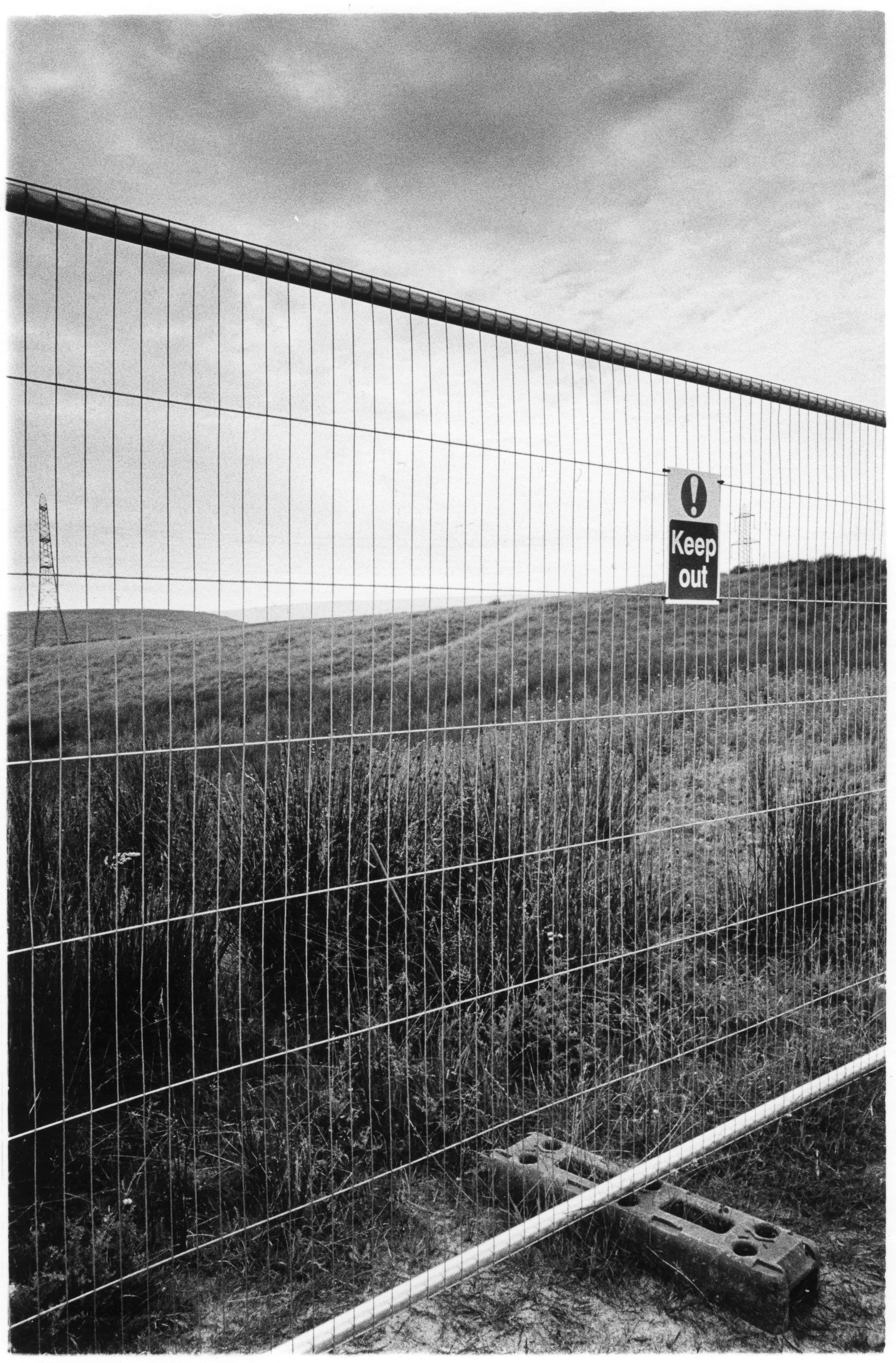
Peat on Todmorden Moor has been destroyed by acid rain created since the industrial revolution from the regions conurbations. Additional peat desiccation was caused by clay undermining. Clay was required for improved sanitation and bricks to build mills. Recently, huge wind turbines have been planted on the moor.
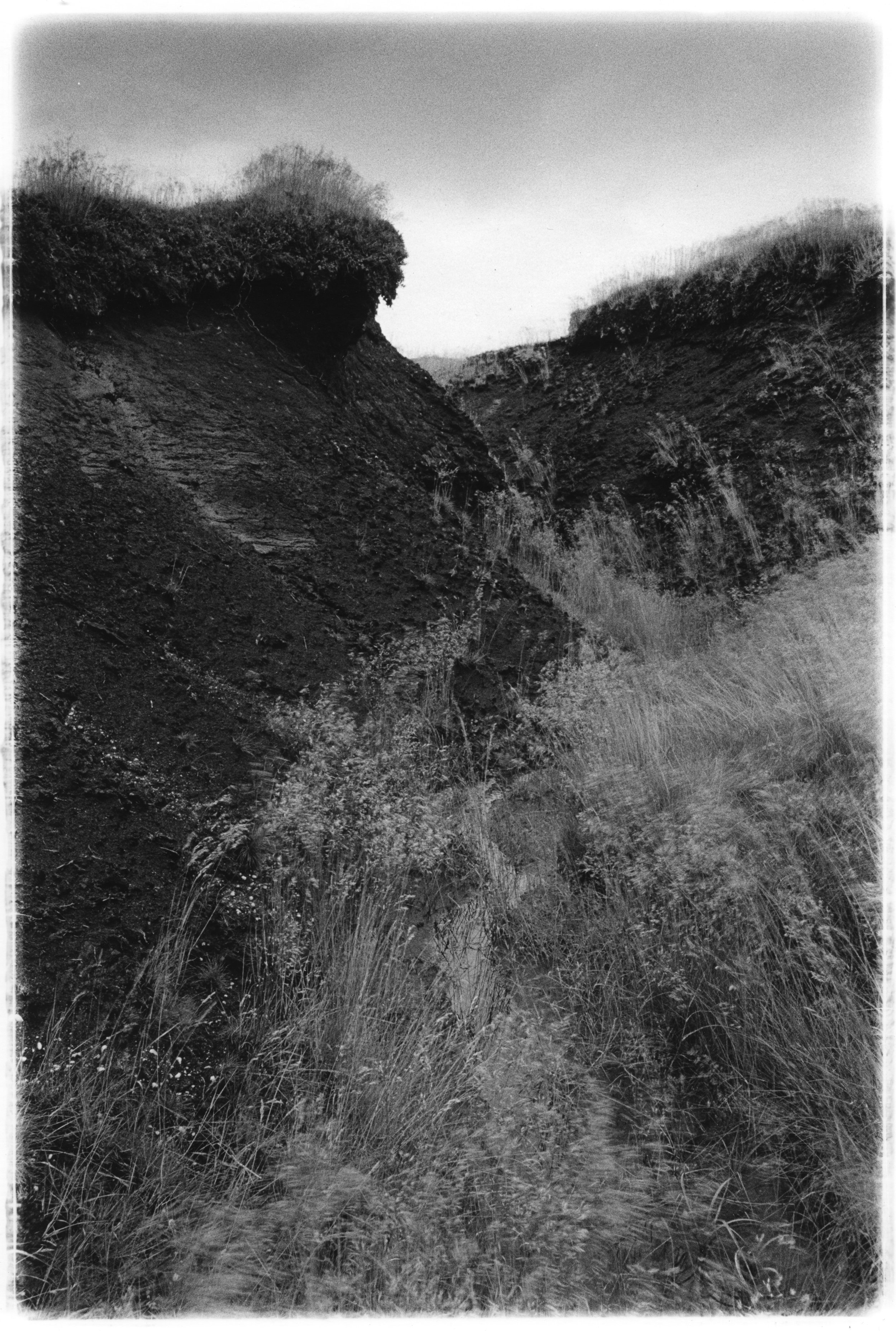
Kinder Scout is the Peak District's highest peak or plateau It is an immense area of high moorland that stands between the cities of Sheffield and Manchester. Straying from the path can become an adventure, such is the challenge presented by the notorious peat bogs covering the plateau. Overhanging vegetation on the hagg top occurs when the hagg side has been undercut so it becomes top heavy. The deep channel created between the haggs is termed a grough.
















When purchasing or renting a rural croft, many Lewis islanders are allotted an allotment, from which peat can be harvested for use as fuel for domestic heating and cooking. This practice has been in place for many hundreds of years. The Gaelic name for the iron tool used for cutting peat is ‘Tairsgear.’
When purchasing or renting a rural croft, many Lewis islanders are allotted an allotment, from which peat can be harvested for use as fuel for heating and cooking. This practice has been in place for many hundreds of years.
Avalon Marsh peat has been exploited for millennia. The Romans used to heat water for salt extraction and local families would cut and dry peat ready for winter. More recently the Eclipse Peat Company and Fisons harvested peat for horticultural use. During war-time and since, these wetlands have been drained to allow for agricultural food production.
Avalon Marsh peat has been exploited for millennia. The Romans boiled marsh water for salt extraction and local families would cut and dry peat ready for winter. More recently the Eclipse Peat Company and Fisons harvested peat for horticultural use. During war-time and since, these wetlands have been drained to allow for agricultural food production.
The Bog of Allen (Móin Alúine) lays between the Liffey and the Shannon rivers in east-central Ireland. Covering an area of approximately 958 square km or 370 square miles, it is extensively, mechanically excavated to provide fuel for power stations.
The Bog of Allen (Móin Alúine) lays between the Liffey and the Shannon rivers in east-central Ireland. Covering an area of approximately 958 square km or 370 square miles, it is extensively, mechanically excavated to provide fuel for power stations.
“Despite it’s beauty, its rarity, and its biological wealth, the three-thousand year old Thorne Moors is today on the verge of extinction… If ‘Fisons’ has its way almost the entire area will have been scraped bare within twenty years, its peaty soil dug up and sold to gardeners for use as potting compost.” From ‘Thorne Moors,’ Caufield, 1991.
“Despite it’s beauty, its rarity, and its biological wealth, the three-thousand year old Thorne Moors is today on the verge of extinction… If ‘Fisons’ has its way almost the entire area will have been scraped bare within twenty years, its peaty soil dug up and sold to gardeners for use as potting compost.” From ‘Thorne Moors,’ Caufield, 1991.
It takes 100 years to accumulate 1 metre depth of peat. Lindow Man was excavated in 1984 and has been dated to 200AD. Peat bogs are stores of Carbon Dioxide, Methane and Nitrous Oxide. Disturbing peat releases these ‘greenhouse’ gases. Land values in an area are valuable, resulting in the drainage of Lindow Moss in preparation for property development.
It takes 100 years to accumulate 1 metre depth of peat. Lindow Man was excavated in 1984 and has been dated to 200AD. Peat bogs are stores of Carbon Dioxide, Methane and Nitrous Oxide. Disturbing peat releases these ‘greenhouse’ gases. Land values in an area are valuable, resulting in the drainage of Lindow Moss in preparation for property development.
It takes 100 years to accumulate 1 metre depth of peat. Lindow Man was excavated in 1984 and has been dated to 200AD. Peat bogs are stores of Carbon Dioxide, Methane and Nitrous Oxide. Disturbing peat releases these ‘greenhouse’ gases. Land values in an area are valuable, resulting in the drainage of Lindow Moss in preparation for property development.
It takes 100 years to accumulate 1 metre depth of peat. Lindow Man was excavated in 1984 and has been dated to 200AD. Peat bogs are stores of Carbon Dioxide, Methane and Nitrous Oxide. Disturbing peat releases these ‘greenhouse’ gases. Land values in an area are valuable, resulting in the drainage of Lindow Moss in preparation for property development.
It takes 100 years to accumulate 1 metre depth of peat. Lindow Man was excavated in 1984 and has been dated to 200AD. Peat bogs are stores of Carbon Dioxide, Methane and Nitrous Oxide. Disturbing peat releases these ‘greenhouse’ gases. Land values in an area are valuable, resulting in the drainage of Lindow Moss in preparation for property development.
Peat on Todmorden Moor has been destroyed by acid rain created since the industrial revolution from the regions conurbations. Additional peat desiccation was caused by clay undermining. Clay was required for improved sanitation and bricks to build mills. Recently, huge wind turbines have been planted on the moor.
Peat on Todmorden Moor has been destroyed by acid rain created since the industrial revolution from the regions conurbations. Additional peat desiccation was caused by clay undermining. Clay was required for improved sanitation and bricks to build mills. Recently, huge wind turbines have been planted on the moor.
Kinder Scout is the Peak District's highest peak or plateau It is an immense area of high moorland that stands between the cities of Sheffield and Manchester. Straying from the path can become an adventure, such is the challenge presented by the notorious peat bogs covering the plateau. Overhanging vegetation on the hagg top occurs when the hagg side has been undercut so it becomes top heavy. The deep channel created between the haggs is termed a grough.